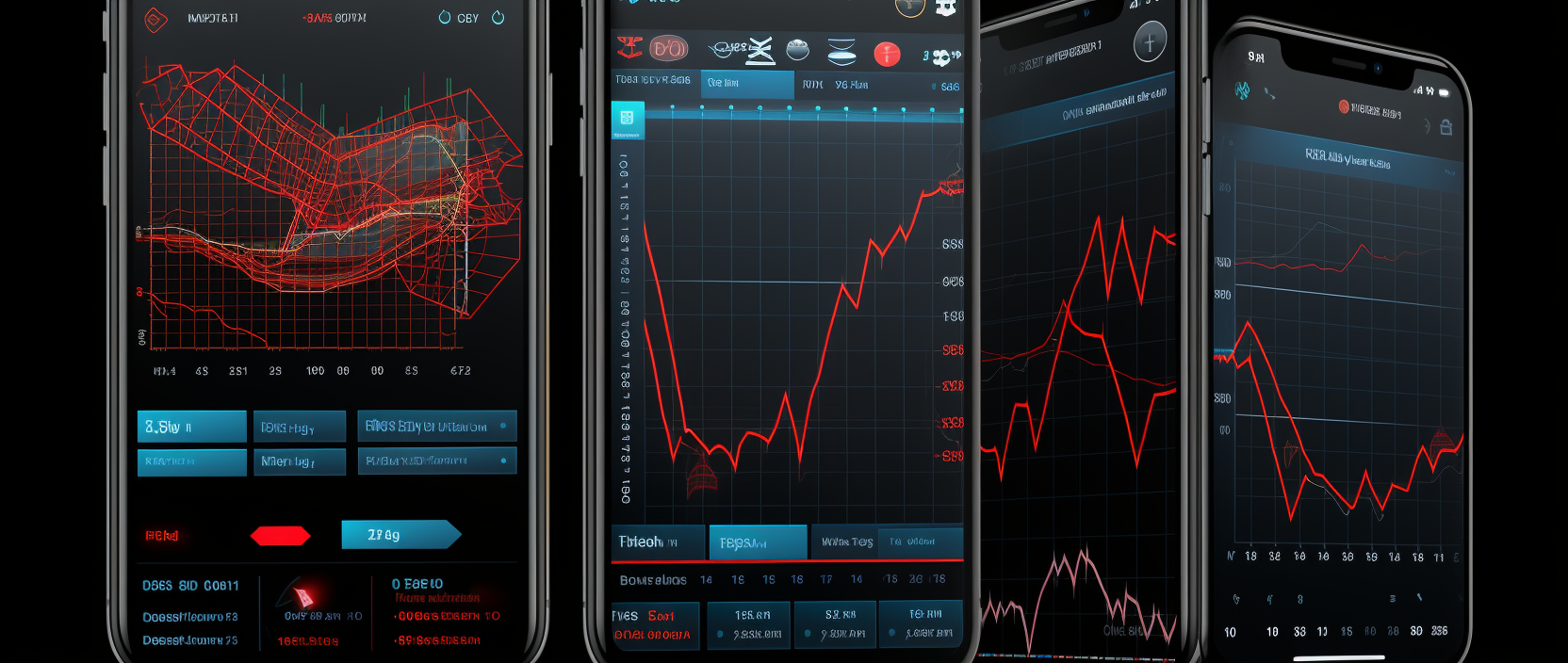There are many trading techniques in the market, and copy trading is one of the most popular. This method is used in various parts of the world, ranging from Europe to Asia, Africa, and the CIS countries.

What is Copy Trading?
Copy trading emerged in 2005 when traders began copying algorithms for automated trading. Brokers saw significant potential in this, allowing traders to automatically copy their trades without the need to monitor emails or chats. This method has certain differences from using grid trading bots.
The essence of copy trading is to invest by replicating the actions of other traders. Many brokers now offer such services with various options, including copying trades with cryptocurrency.
The main task in copy trading is to choose a successful trader on the appropriate platform. Most platforms simplify this process.
In copy trading, you can distinguish the following participants:
| Term | Description |
|---|---|
| Provider (or Master Trader) | A trader whose trades are copied. |
| Copier | An investor who copies the actions of the provider. |
| Broker | Provides the platform for copy trading. |
You can also distinguish between two types of copy trading:
- Automatic;
- Manual.
The automatic approach is ideal for beginners. You simply need to choose a platform, register, pay for the service, and select a trader to copy. All actions will happen automatically. This method saves time and can be an additional source of income.
The manual method is suitable for those who already have experience in trading. The investor independently selects a strategy and follows the advice of a professional, placing trades manually. There are even specialized groups on social media that provide trading advice. This method allows you to better understand and evaluate a strategy before copying it.
Advantages of Copy Trading
Among all the advantages offered by the principle of copy trading, several key ones can be highlighted:
Time Savings
Success in trading requires a lot of time and dedication. Due to work or other commitments, not everyone can dedicate enough time to their trading activities. Copy trading allows you to follow experienced traders, bypassing the need for constant monitoring.
Perfect for Beginners
Most copy trading platforms have an intuitive interface, making them accessible to beginners and helping them avoid most mistakes. Traditional trading platforms can be overloaded with features, which can confuse new market participants.
Deep understanding of market analysis and analytical methods is required for market analysis.
Rating of Top Signal Providers
Many apps display a list of leaders among signal providers. Each of them has a profile where you can review their past achievements. Although past experience does not guarantee future success, it can help in choosing a suitable provider.
Eliminates Emotional Decisions
One of the main problems for traders is managing their emotions. In copy trading, you can rely on the decisions of an experienced trader, minimizing the emotional impact on decision-making.
Ability to Trade in Various Markets
Many traders have their favorite instruments for trading. Copy trading opens doors to markets you may not have paid attention to before. This can be helpful, especially when certain instruments experience periods of low activity.

Potential Risks of Copy Trading
In addition to all the advantages mentioned above, the principle of copying trades also has several drawbacks. First and foremost, you should consider the potential risks that clients face. Firstly, investing in copy trading depends on the decisions and success of others. Although positions can be replicated, investors always face a certain level of risk. Therefore, even following a successful investor, losses that may seem insignificant to them can be critical for another trader.
Next, automatic copy trading platforms often charge additional fees.
Also, no investor is immune to mistakes, and any position can lead to undesirable outcomes because there are no absolute guarantees.
In conclusion, while copy trading can be profitable when choosing the right trader to copy, the greatest risk lies in market instability. If the chosen strategy does not perform well, investors may incur losses.
Traders may also face liquidity issues, especially when the traded assets become illiquid in volatile market conditions. Additionally, there is a risk of systemic fluctuations when the price of a product changes sharply either upwards or downwards.




